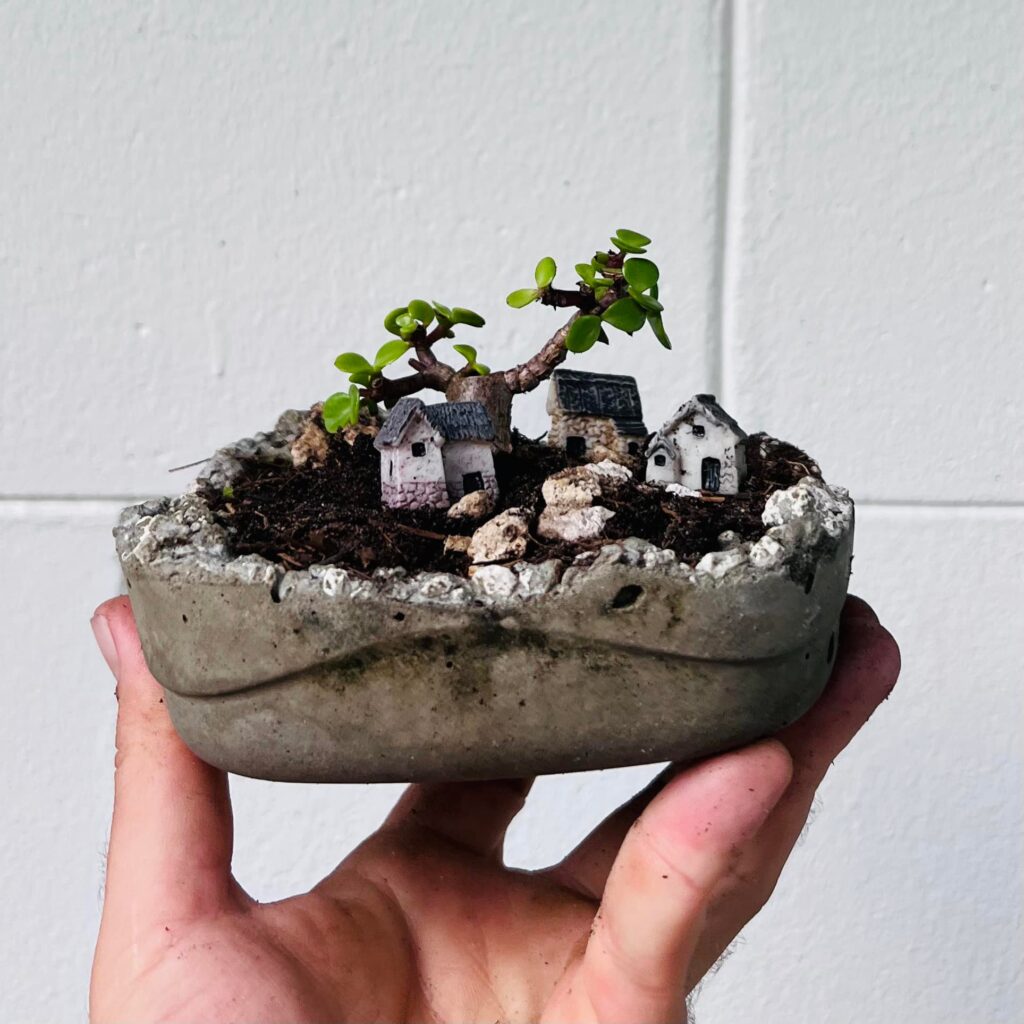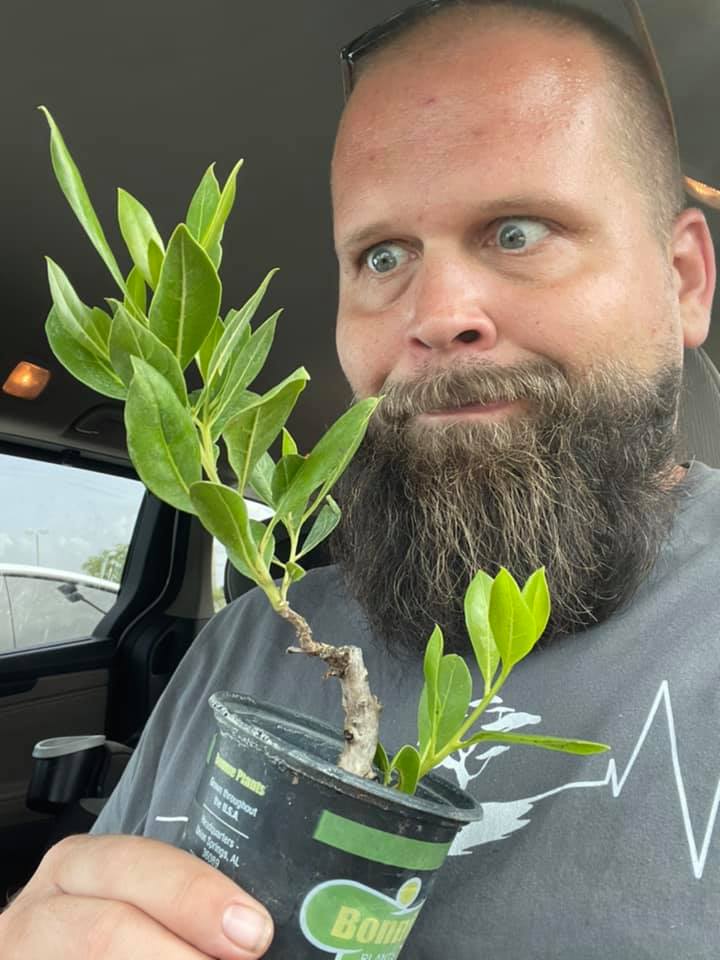My Bonsai Origin Story
Bonsai for me started just pre-pandemic but my obsession with trees has been long. Growing up we camped a lot and I can remember being interested in tree bark and roots and wondering how much life each tree could support. I re-discovered my love for trees through gardening around the time of the pandemic. I was going through many struggles personally and i found the garden to be a fantastic place for me to find peace. The garden offers an intense amount of relaxation and through some Youtube videos and a gardening group, I stumbled upon bonsai and my brain seemed to come alive. For months I could barely sleep I was so excited about trees in pots. I’ve developed a love for the practice of bonsai and thoroughly enjoy the process. Bonsai has taught me many lessons about myself and I’m grateful to have the hobby.

The garden is a fantastic place. There is no doubt that humans benefit from time outdoors with their hands in soil. I first learned this lesson from my mom as gardening was a regular part of our weekend chores. While the bulk of my early childhood was in the Pacific Northwest, my prime youthful work years were in Florida. Landscaping a home in Florida could be a full time job and in our house it was a group effort. Pulling weeds and laying bark on a regular basis but often our plans would require the digging up of bushes. Many of those bushes required us to dig up the roots or the plant would come back with even more vigor. One experience like this was one of my first memories of being fascinated with roots, trees, and their ability to survive despite adversity.
We dug and dug around these palmetto bushes to find the end of the roots. Oak tree saplings and brazilian peppers seemed easy by comparison. The palmetto bush roots were thick, deep, and prevalent. It took all day, a chainsaw, and three men to get three palmetto bushes out of the front yard despite the bushes themselves only being about knee height. Trimming and cutting back the roots of a Palmetto only serves to encourage new root growth and more sucker roots. Every trim gives the tree a better grip.

As a teen, the garden seemed like too much work. Far too laborious and I would have preferred a task that at least offered the possibility of flirting with girls. That is, until i was in my 30’s. Two kids and some marital troubles had me tense. I was anxious and frustrated and struggling to deal with the normal adversity associated with being a parent and husband. I discovered the garden as a “healthy hobby” that felt very familiar and stabilizing. It was not all the surprising given my childhood. Time in the garden felt good and while there is some science to back up why, I’m not sure any is even needed. Being outside feels good and more so when you’re digging in the dirt. Add in the dopamine of taking care of your space it’s not hard to imagine why many people seek a garden during stress. Shortly after I discovered my hobby, the world was engrossed in an unprecedented pandemic and I could not be more grateful for the timing. While the pandemic raged on I was able to see my world clearer and clearer despite the obvious stressors. By the time I’d discovered bonsai I had all the time in the world to dive deep into my hobby and that’s just what I did.
To say that I couldn’t sleep probably seems like an exaggeration but it’s surprisingly accurate. There were many nights I would wake out of a dream and draw sketches of the trees I was imagining and every trip to Lowes ended with at least one piece of nursery stock to take home. I watched video after video by Peter Chen and then Nigel Saunders before discovering that Florida seemed to have its own particular flavor of bonsai and most advice I’d received was incorrect. I lost many trees during this phase but I also learned of the incredible opportunities for problem solving and creativity in caring for a bonsai tree. A tree cannot grow faster and you cannot go backwards. These cuts we make today will never go away and inform the growth of the tree for decades later. My trees might outlive me and in that way I can live on forever. What is not to like about bonsai trees.
In summary, my road to bonsai was long and it feels abit like I was always on this path. The art of bonsai is not something that you ever finish learning. Masters of bonsai across the world have practiced for generations and competing with them on experience is futile. The only way to truly become a master of bonsai is to learn from every artist and in particular to listen to the trees. Like many artistic endeavors the beauty of your artwork is subjective and only really needs to speak to you as the artist. This is particularly personal to me. With bonsai and with life we are both the artist and the most important audience member.